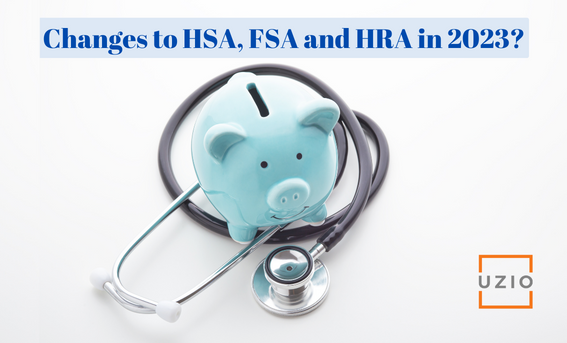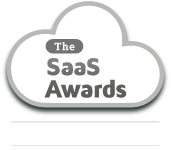Introduction
HSA, FSA, HRA are programs designed to give individuals tax advantage to offset health care costs. In this article, we will explain these programs and provide you information about changes made to these programs by the IRS for 2023.
What are HSAs, FSAs and HRAs?
Health Savings Accounts (HSAs)
HSA is a type of savings account that lets you set aside money on a pre-tax basis to pay for qualified medical expenses. By using untaxed dollars in a Health Savings Account (HSA) to pay for deductibles, copayments, coinsurance, and some other expenses, you may be able to lower your overall health care costs. HSA funds generally may not be used to pay healthcare premiums.
While you can use the funds in an HSA at any time to pay for qualified medical expenses, you may contribute to an HSA only if you have a High Deductible Health Plan (HDHP) — generally a health plan that only covers preventive services before the deductible. For plan year 2023, the minimum deductible for an HDHP is $1,500 for an individual and $3,000 for a family.
So, for you as an employee to be able to contribute to HSA, your employer has to offer a HDHP plan, and you should have enrolled in that plan.
What are the benefits of an HSA?
There are several benefits from having an HSA:
- Contributions to HSA are tax free
- The HSA account is portable. The employee owns the money in the account. If the employee leaves the employment, s/he can take the account with him/her.
- It almost acts like a 401K plan. The interest and other earnings are tax free.
Flexible Spending Arrangements (FSAs)
A health Flexible Spending Arrangement (FSA) allows employees to be reimbursed for medical expenses. FSAs are usually funded through voluntary salary reduction agreements with your employer. No employment or federal income taxes are deducted from your contribution.
Unlike HSA, there is no reporting requirement for FSAs on your income tax return.
Health FSAs are employer-established benefit plans. These may be offered in conjunction with other employer-provided benefits as part of a cafeteria plan. Employers have flexibility to offer various combinations of benefits in designing their plans.
For 2023, the annual contribution limit rises to $3,050, up from $2,850 in 2022.
What are the benefits of an FSA?
There are several benefits from having an FSA:
- Contributions made by the employer to the FSA are excluded from your gross income.
- No employment of federal income taxes is deducted from the amount contributed to the FSA.
Health Reimbursement Arrangements (HRAs)
A Health Reimbursement Arrangement (HRA) must be funded solely by an employer. The contribution can’t be paid through a voluntary salary reduction agreement on the part of an employee. Employees are reimbursed tax free for qualified medical expenses up to a maximum dollar amount for a coverage period. An HRA may be offered with other health plans, including FSAs.
Unlike HSAs, which must be reported on Form 1040, 1040-SR, or 1040-NR, there are no reporting requirements for HRAs on your income tax return.
What are the benefits of an HRA?
There are several benefits from having an HRA:
- Contributions made by the employer to the HRA are excluded from your gross income.
- Any unused amounts in the HRA can be carried forward for reimbursements in later years.
What are the differences between HSAs, FSAs and HRAs?
| HSA | FSA | HRA | |
|---|---|---|---|
| Who owns the account | Employee | Employee | Employer |
| Who can contribute? | Employee, employer, others | Employee, employer | Employer |
| Can an employee take the account with him/her? | Yes | No | No |
| Can the money in the account earn interest? | Yes | No | No |
| Can an employee use the money for things other than qualified healthcare expenses? | Yes, when you reach age 65. When you withdraw the money, it is subject to income tax only. If you are under age 65, the money is subject to income tax and may also be subject to a penalty tax. | No | No |
What changes have been made to HSA, FSA and HRA in 2023?
| HSA | FSA | HRA | |
|---|---|---|---|
| Limits to the $ amount that can be contributed | $3,850 for self-only coverage and up to $7,750 for family coverage | Employees can put in up-to $3,050 | There are no annual minimum or maximum contributions requirements. |
Get in touch with us for an expert-led demo to know more about UZIO payroll services.















